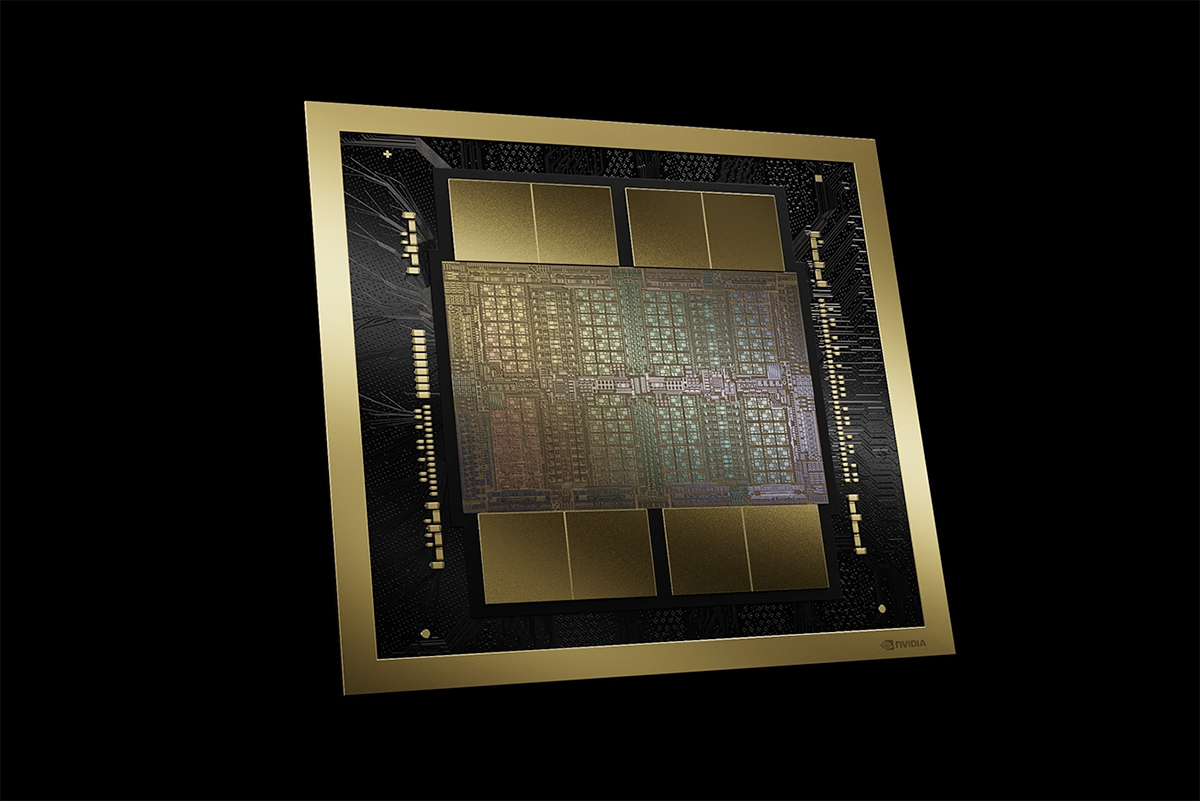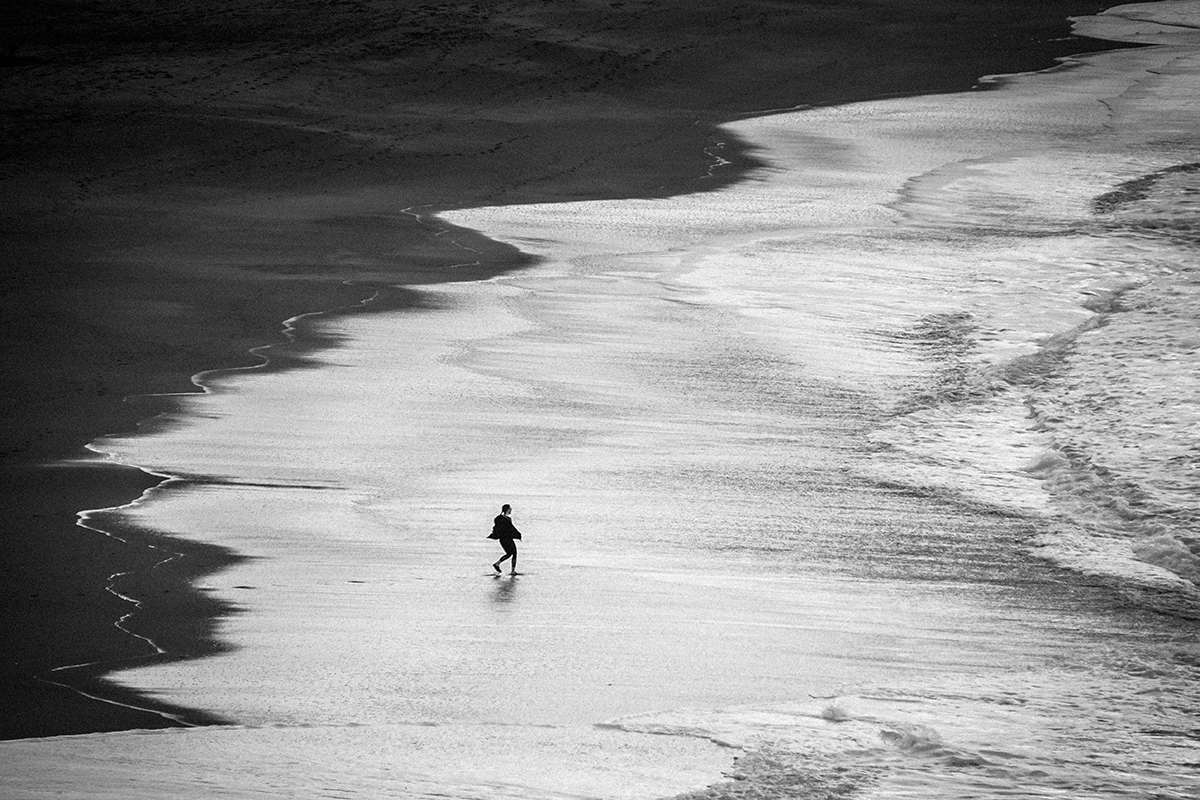How do you choose the right gear for landscape photography? It’s simple. You pick the essentials and you’re ready to go!
Taking landscape photos is the reason I have started photography! I have traveled to many places around the world and I always wanted to capture the magic of nature with my camera.
Mirrorless cameras give you the ability to travel light, hike mountains, walk long distances, and carry with you lightweight gear.
So, here’s what you need. Choose a camera bag, a light tripod, two lenses, and a few accessories.
1. Camera Bag
It doesn’t matter where you are going. It might be a hike on a mountain, a walk in the forest or a lake. Wherever you may go, you need to carry as few items as possible and be able to fit all of them in your bag.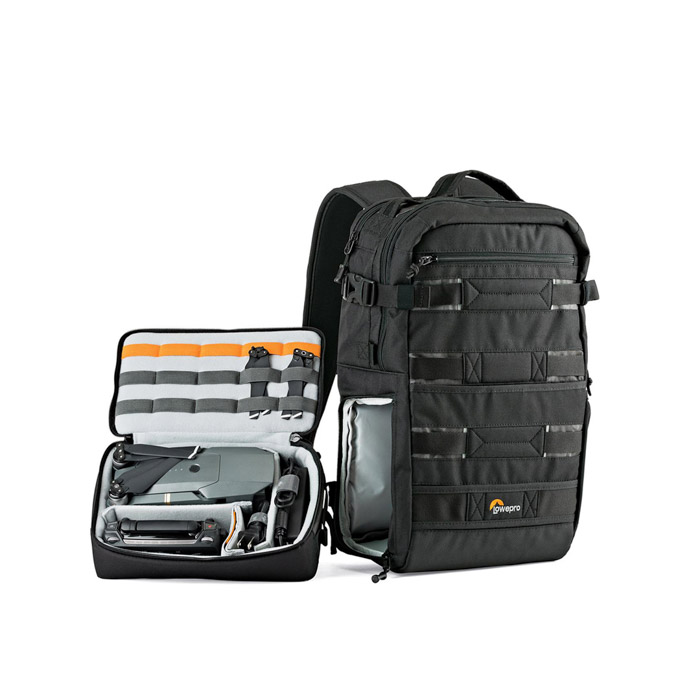 Choose a bag you feel comfortable carrying. The best option is a backpack that has enough space for:
Choose a bag you feel comfortable carrying. The best option is a backpack that has enough space for:
- your camera
- two lenses
- lens filters
- batteries
- air blower
- lens cleaning cloths
- water bottle
- food/sandwiches
- your phone/personal items
- your tripod
2. Tripod
Heavier tripods tend to be more steady but when you need to hike a mountain for an hour or more, you can’t carry with you anything heavy.
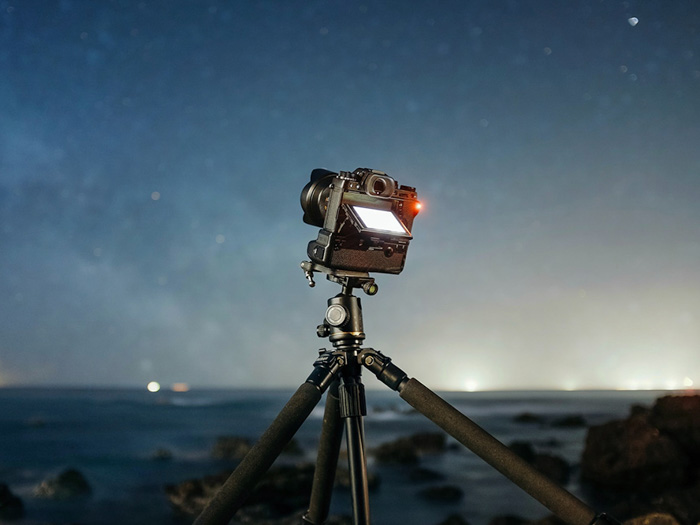
Select an aluminum or carbon fiber tripod. If it doesn’t get super windy, you will be able to use it on any surface without having issues.
Invest in a good tripod because it is an essential tool for landscape photographers! You can check a few I suggest here:
3. Wide Angle Lens
A 16mm (24mm on Full Frame cameras) lens is considered wide-angle. For beginner photographers, it is a great focal length. Most APS-C cameras like the Sony A6400 or the Fujifilm X-T3 have great and quality kit lenses with 16mm or 18mm focal length.
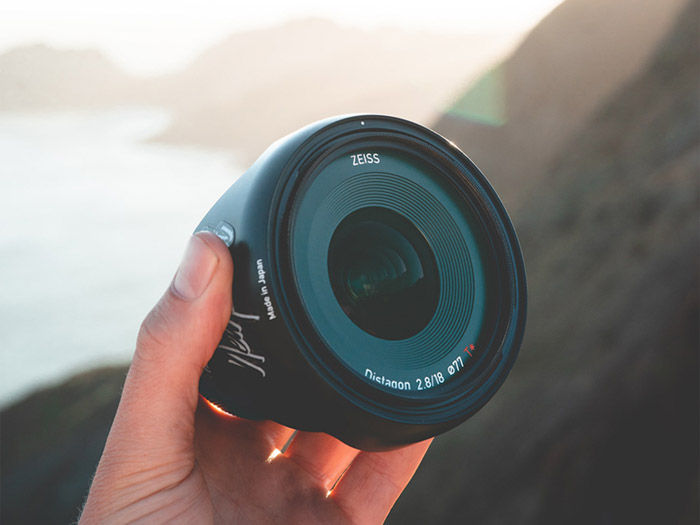
For intermediate level and pro photographers, wide-angle lenses for landscape photography start from 10mm. Here are a few:
Sony E-Mount (E = APS-C cameras and FE = Full Frame cameras)
Fujifilm X-Mount
4. Telephoto Lens
Besides photographing in wide-angle, a telephoto zoom lens is one of the best tools you need for landscapes. With the ability to massively bring objects closer and isolate them, you can show details that can’t be seen with a wide-angle lens.
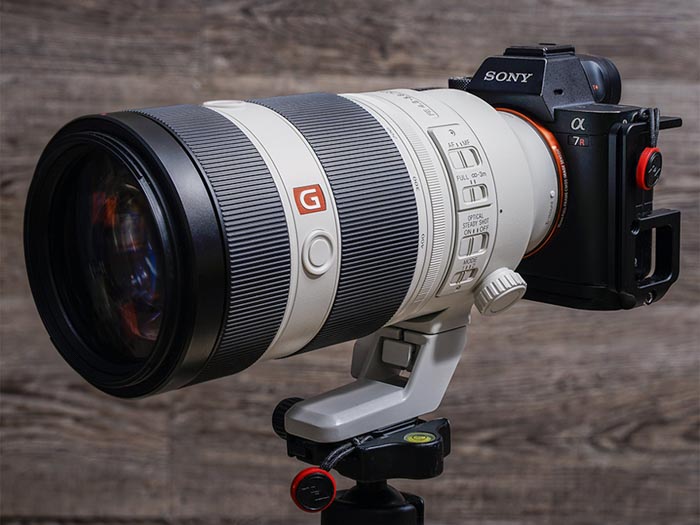
When zooming-in and bringing the background closer to you, you create magnification. The more the zoom, the better the magnification and depth of field in a photo. You can do that with a standard 70-200mm, a 100-400mm, or even 200-600mm super-telephoto lens.
Sony E-Mount (E = APS-C cameras and FE = Full Frame cameras)
Fujifilm X-Mount
5. Filters
Every lens has a specific filter thread size measured in millimeters on the front side. This is where you can adapt a filter depending on what you want to photograph.
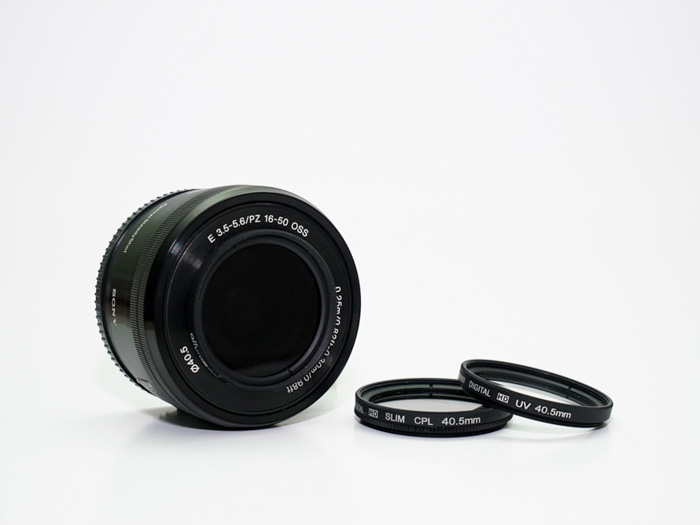
There are three different kinds of filters you can use in landscape photography.
- Circular Polarizer Linear (CPL) – Works best on a 45-degree angle and blocks scatter light from entering your camera, reducing haze in your photos, increasing color saturation, and giving the sky a royal blue.
- Neutral Density (ND) – It helps capture movement in clouds, smoothing the water, and reduce reflections.
- Graduated (ND Grads) – It helps you expose better the foreground with the background when one of them is too dark and the other is too bright (sunrise/sunset).
Those filters can be adapted in two ways. You either buy them in a circular shape (Those filters can be directly mounted or screwed onto the front of a lens) or use a filter system holder to attach square filters (more expensive and better choice).
Summary
What camera and lenses do you use for landscape photography? Do you own filters? Let me know in the comments below.
If you liked this article please share it in your social channels. Thank you!

